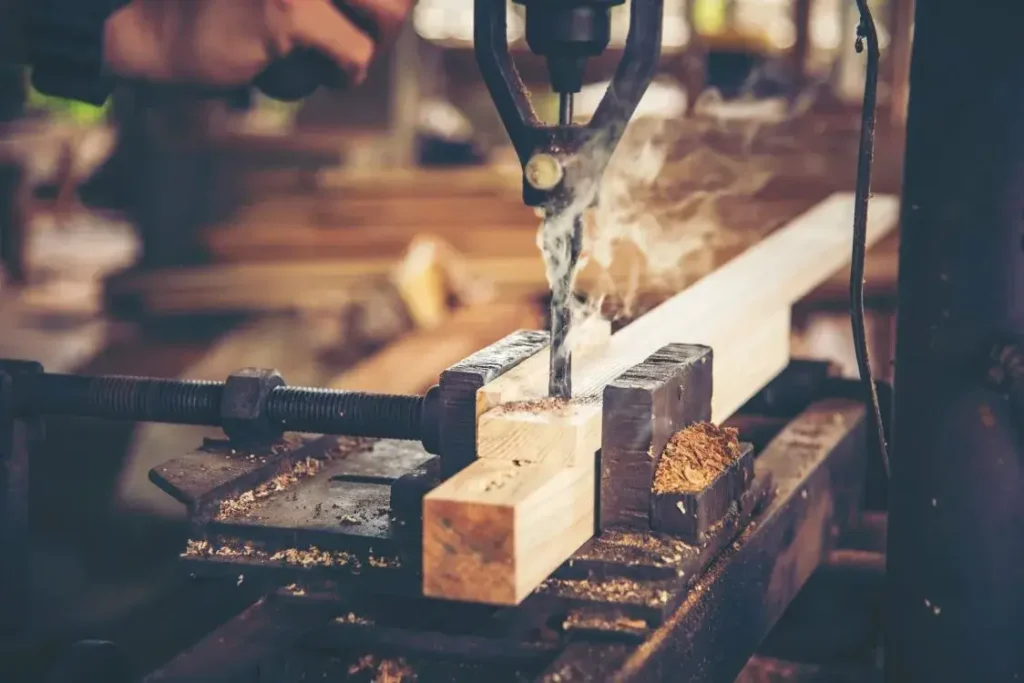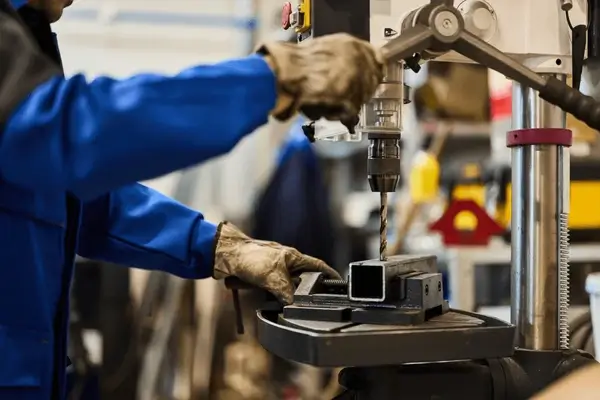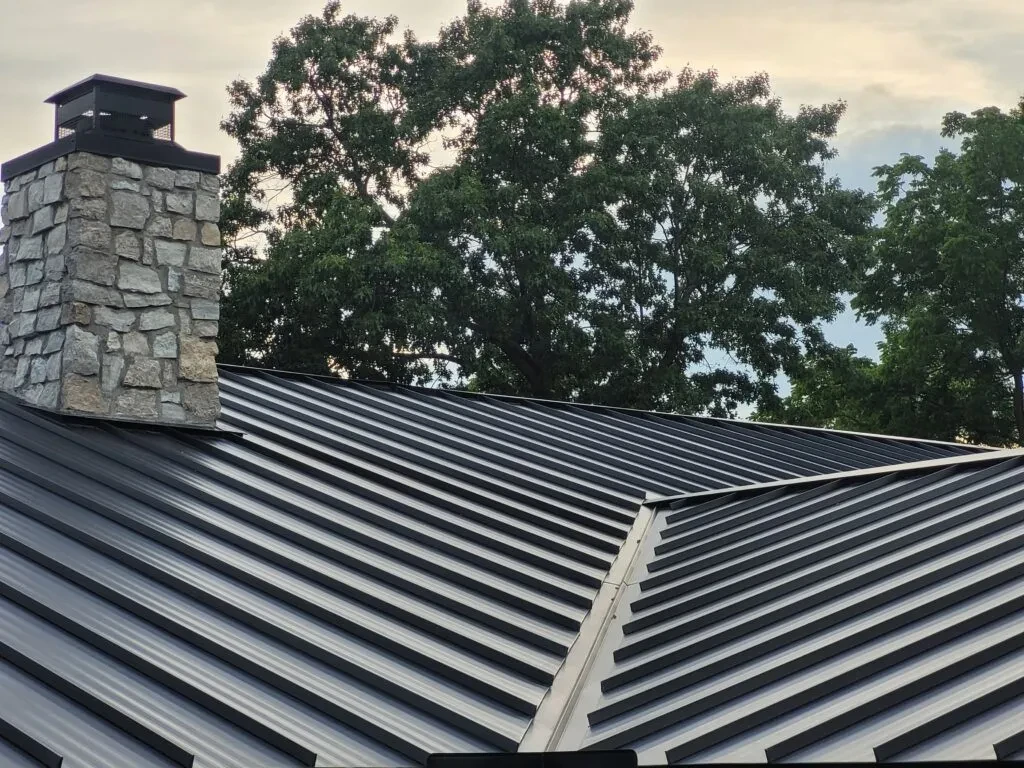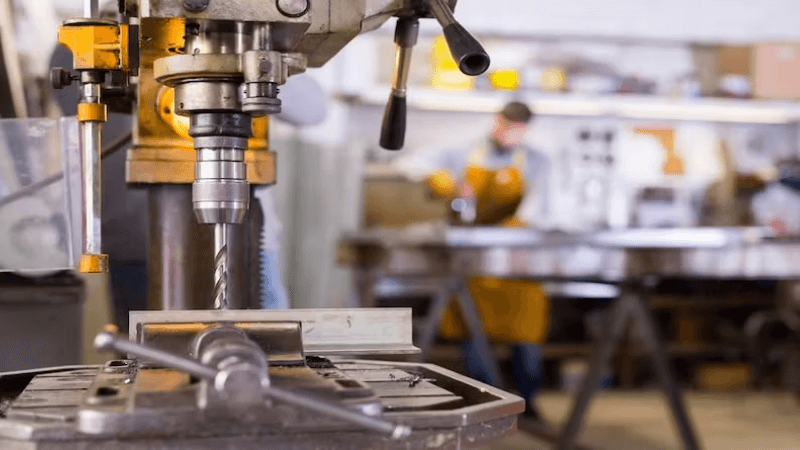Winkelbohrspindel: Complete Guide to Angle Drilling Spindles & Uses
Precision machining is a world where every millimeter counts, and the winkelbohrspindel—or angle drilling spindle—plays an essential role in achieving accuracy and flexibility. Whether you are working in automotive production, aerospace engineering, or general metalworking, the right winkelbohrspindel can dramatically improve productivity and machining efficiency.
In this comprehensive guide, we’ll explore everything about winkelbohrspindels — from their function, design, and benefits to how to choose, maintain, and optimize them.
What Is a Winkelbohrspindel?
A winkelbohrspindel (translated from German as “angle drilling spindle”) is a mechanical tool attachment designed to enable drilling, milling, or machining operations at an angle — most commonly 90 degrees — relative to the main spindle axis.
It acts as an intermediary device between the machine’s spindle and the cutting tool, allowing operators to perform machining tasks in hard-to-reach areas or at specific angles that standard vertical or horizontal spindles cannot achieve.
These spindles are particularly useful in multi-axis CNC machines, robotic arms, and special-purpose drilling systems, where precision and flexibility are paramount.

The Importance of Winkelbohrspindels in Modern Manufacturing
The evolution of machining technology has created an increasing demand for complex geometries and high-speed operations. Winkelbohrspindels meet this demand by enabling angled machining without the need to reposition the workpiece or reconfigure the entire setup.
In industries such as automotive, aerospace, and medical device manufacturing, where components often have intricate shapes and tight tolerances, winkelbohrspindels reduce production time while maintaining high precision.
Moreover, they enhance machine utilization by expanding the range of operations possible on a single machine, ultimately saving costs and improving workflow efficiency.
How a Winkelbohrspindel Works
At its core, a winkelbohrspindel operates through a gear transmission system that redirects rotational motion from the machine’s main spindle to an output shaft positioned at a specific angle.
Here’s a simplified breakdown of the mechanism:
- Input Connection – The winkelbohrspindel attaches to the main spindle or motor using standardized tool interfaces such as HSK, SK, BT, or CAT.
- Angular Transmission – Inside the spindle, precision bevel gears transfer torque at a right angle (or another specified angle).
- Output Shaft – The output drives the cutting tool, performing drilling, tapping, or milling operations at the required orientation.
The result is a precise and efficient angular motion without the need to reposition the workpiece — a key advantage in automated and high-speed production lines.
Types of Winkelbohrspindels
Winkelbohrspindels come in several configurations, depending on the application, design, and machining requirement. Below are the most common types:
1. Standard 90° Winkelbohrspindel
The most common type, this spindle redirects the rotation by 90 degrees. It’s ideal for drilling perpendicular holes or machining side surfaces of components.
2. Adjustable-Angle Winkelbohrspindel
This model allows users to set the spindle at various angles (not just 90°), providing greater flexibility in machining complex geometries.
3. High-Speed Winkelbohrspindel
Engineered for operations requiring high RPMs, such as fine drilling or micro-machining. These spindles prioritize precision and smooth rotation.
4. Heavy-Duty Winkelbohrspindel
Built for robustness, these spindles can handle larger torque and cutting forces — perfect for heavy material removal or large components.
5. Multi-Spindle Angular Heads
Designed for simultaneous drilling or machining with multiple tools, improving productivity in mass production setups.
Key Components of a Winkelbohrspindel

Understanding the internal components of a winkelbohrspindel helps in choosing and maintaining the right unit.
- Housing: The external body that encloses and protects internal gears and bearings. Usually made from hardened steel or aluminum.
- Bevel Gears: Responsible for changing the direction of rotation. Manufactured with high precision to minimize backlash.
- Bearings: Support the rotating shafts, ensuring smooth motion and reducing friction.
- Tool Interface: The connection system between the winkelbohrspindel and the cutting tool, often compatible with standard tool holders.
- Lubrication System: Ensures consistent gear and bearing performance, preventing overheating and wear.
Materials and Build Quality
High-quality winkelbohrspindels are typically made from hardened tool steel or high-strength aluminum alloys, depending on the application.
- Steel housings offer durability and rigidity, suitable for heavy-duty machining.
- Aluminum housings are lighter, making them ideal for robotic systems and high-speed applications.
The internal gears are often case-hardened and precision-ground for maximum efficiency and longevity.
Advantages of Using a Winkelbohrspindel
The benefits of integrating a winkelbohrspindel into your machining setup are numerous and significant.
1. Enhanced Accessibility
It allows machining in areas that are otherwise unreachable with conventional tools, particularly in deep cavities or side walls.
2. Improved Efficiency
Operators can complete multiple operations in one setup, reducing downtime and boosting productivity.
3. Precision and Consistency
High-quality bevel gears and bearings ensure accurate torque transmission and consistent results.
4. Cost Reduction
Eliminates the need for expensive fixture redesigns and reduces manual repositioning time.
5. Flexibility
Adjustable-angle models offer greater versatility for different component geometries and production requirements.
6. Compatibility
Most winkelbohrspindels are designed to fit standard machine interfaces, making them adaptable to a wide range of CNC systems.
Applications of Winkelbohrspindels
The versatility of winkelbohrspindels makes them suitable across various industries and machining operations.
Automotive Industry
Used for drilling and milling engine blocks, gear housings, and transmission cases where multiple angled holes are required.
Aerospace Engineering
Essential for machining turbine components, airframes, and structural parts with complex 3D geometries.
Tool and Die Making
Helps achieve precise cavities and side machining in molds and dies without repositioning.
Medical Device Manufacturing
Used in creating orthopedic implants and surgical tools where high precision is mandatory.
General Metalworking
Ideal for small workshops or large production plants requiring flexibility in machining operations.
How to Choose the Right Winkelbohrspindel
Selecting the ideal winkelbohrspindel depends on several key factors.
- Machine Compatibility – Ensure the spindle fits your machine’s tool interface (HSK, BT, etc.).
- Speed and Torque Requirements – Match the spindle’s capacity to the machining operation. High-speed models are suited for fine drilling, while heavy-duty spindles handle larger tools.
- Angle Type – Decide between fixed-angle or adjustable-angle spindles based on part complexity.
- Lubrication System – Some spindles are maintenance-free, while others require regular lubrication.
- Cooling Options – For high-speed or long operations, opt for models with internal coolant passages.
- Size and Weight – Consider the spindle’s mass and balance to avoid overloading your machine’s axis motors.
Maintenance and Care Tips
Proper maintenance ensures long-lasting performance and accuracy.
- Regular Cleaning: Keep the housing and tool interface clean to prevent debris buildup.
- Lubrication: Follow the manufacturer’s recommendations for gear and bearing lubrication.
- Inspection: Periodically check for unusual vibrations or noise, which may indicate gear wear.
- Storage: Store in a dry, dust-free environment when not in use.
- Balancing: If used frequently at high speeds, ensure the spindle is dynamically balanced.
With correct care, a winkelbohrspindel can provide years of reliable service.
Also Read 2DMetRack: The Future of DME Tracking, Management & Automation
Innovations in Winkelbohrspindel Technology
Recent developments have pushed winkelbohrspindel technology into new frontiers.
Smart Spindles
Integration of sensors for temperature, vibration, and load monitoring allows predictive maintenance and process optimization.
Lightweight Materials
The use of carbon fiber and advanced aluminum alloys has reduced weight without compromising strength.
High-Speed Gear Systems
Precision engineering now enables winkelbohrspindels to reach speeds exceeding 30,000 RPM with minimal vibration.
Automatic Tool Change Compatibility
Modern spindles can be seamlessly integrated into CNC machines with automatic tool changers, reducing manual intervention.
Safety Considerations When Using a Winkelbohrspindel
While winkelbohrspindels enhance machining flexibility, they must be used responsibly.
- Secure Mounting: Ensure the spindle is firmly attached before operation.
- Speed Limits: Never exceed the manufacturer’s recommended RPM.
- Proper Tool Selection: Use tools suitable for angular operation to prevent breakage.
- Operator Training: Staff should be trained in handling and maintaining the spindle safely.
Following these practices minimizes risk and enhances operational safety.
Common Problems and Solutions
1. Excessive Vibration
Cause: Imbalance or worn bearings.
Solution: Rebalance or replace the bearings immediately.
2. Overheating
Cause: Inadequate lubrication or prolonged use at high speed.
Solution: Check the lubrication system and allow cooling breaks.
3. Gear Noise
Cause: Worn or misaligned bevel gears.
Solution: Realign gears or replace damaged components.
4. Tool Slippage
Cause: Improper clamping or worn tool holder.
Solution: Clean the tool interface and replace worn holders.
The Future of Winkelbohrspindels
The next generation of winkelbohrspindels will merge precision mechanics with digital intelligence. We can expect:
- IoT-enabled spindles for real-time monitoring and diagnostics.
- Automatic compensation systems that adjust torque and angle for maximum accuracy.
- Modular designs allowing quick customization for specific production lines.
These innovations will make winkelbohrspindels not just a mechanical accessory, but an intelligent component of modern Industry 4.0 systems.
FAQs About Winkelbohrspindel
1. What is the primary purpose of a winkelbohrspindel?
A winkelbohrspindel allows drilling or milling operations at an angle, especially in hard-to-reach or complex parts.
2. Can a winkelbohrspindel be used on any CNC machine?
Most are compatible with standard interfaces like HSK or BT, but always verify compatibility with your machine model.
3. How often should I lubricate the spindle?
It depends on usage frequency and type. Heavy-duty models might need lubrication every 200 hours, while sealed spindles are maintenance-free.
4. What materials can I machine with an angle drilling spindle?
They can handle a wide range of materials — from aluminum and steel to titanium and composites — depending on the spindle’s torque and speed rating.
5. Can I use a winkelbohrspindel for high-speed operations?
Yes, but only if it’s a high-speed model designed for that purpose. Always check the manufacturer’s RPM limit.
6. How long does a winkelbohrspindel last?
With proper maintenance, it can last anywhere from 5 to 10 years, depending on workload and quality.
7. Is a winkelbohrspindel difficult to install?
Not at all. Most models are plug-and-play, easily attached using standard interfaces.
8. What is the typical price range of a winkelbohrspindel?
Prices vary based on size, precision, and type — ranging from a few hundred to several thousand euros.
9. Can a winkelbohrspindel perform tapping operations?
Yes, many are designed for both drilling and tapping, provided the torque and speed match the requirements.
10. What are the signs that my winkelbohrspindel needs servicing?
Increased vibration, noise, or heat generation are key indicators that maintenance is needed.
Conclusion
The winkelbohrspindel is more than just an accessory—it’s a powerful tool that enhances the capabilities of modern machining centers. By enabling angled operations, improving accessibility, and boosting efficiency, it has become indispensable in industries that demand precision and productivity.
Whether you’re upgrading an existing CNC setup or optimizing a new production line, investing in a high-quality winkelbohrspindel can unlock new levels of flexibility and performance.
From automotive components to aerospace assemblies, the winkelbohrspindel continues to define the standards of modern precision engineering — a true symbol of innovation, reliability, and efficiency.
Another Topic To Read Tubehalote: Meaning, Uses, Benefits, and Complete Guide










